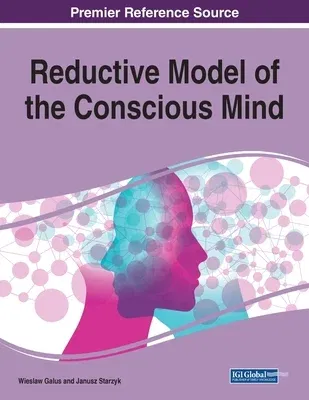Research on natural and artificial brains is proceeding at a rapid pace.
However, the understanding of the essence of consciousness has changed
slightly over the millennia, and only the last decade has brought some
progress to the area. Scientific ideas emerged that the soul could be a
product of the material body and that calculating machines could imitate
brain processes. However, the authors of this book reject the previously
common dualism--the view that the material and spiritual-psychic
processes are separate and require a completely different substance as
their foundation. Reductive Model of the Conscious Mind is a
forward-thinking book wherein the authors identify processes that are
the essence of conscious thinking and place them in the imagined,
simplified structure of cells able to memorize and transmit information
in the form of impulses, which they call neurons. The purpose of the
study is to explain the essence of consciousness to the degree of
development of natural sciences, because only the latter can find a way
to embed the concept of the conscious mind in material brains. The book
is divided into three parts. Part 1 works to convince readers that the
emergence of consciousness does not require detailed knowledge of the
structure and morphology of the brain, with the exception of some
specific properties of the neural network structure that the authors
attempt to point out. Part 2 proves that the biological structure of
many natural brains fulfills the necessary conditions for consciousness
and intelligent thinking. Similarly, Part 3 shows the ways in which
artificial creatures imitating natural brains can meet these conditions,
which gives great hopes for building artificially intelligent beings
endowed with consciousness. Covering topics that include cognitive
architecture, the embodied mind, and machine learning, this book is
ideal for cognitive scientists, philosophers of mind, neuroscientists,
psychologists, researchers, academicians, and advanced-level students.
The book can also help to focus the research of linguists, neurologists,
and biophysicists on the biophysical basis of postulated information
processing into knowledge structures.

